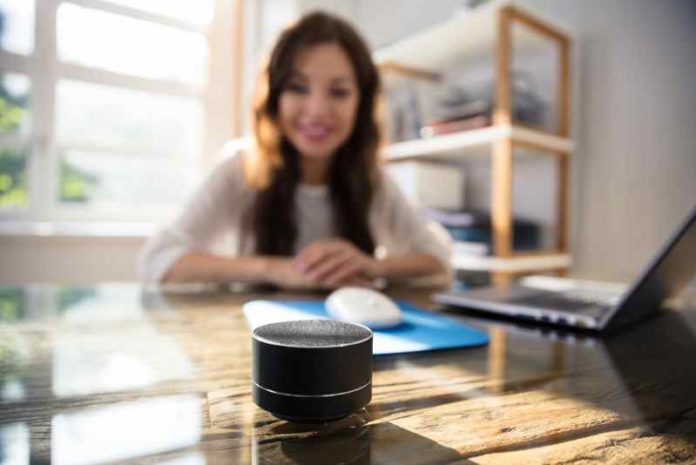More consumers are shopping with smart speakers.
By Rieva Lesonsky
Since I first wrote about smart speakers in January 2018, the market has grown substantially. In fact, eMarketer says shopping on smart speakers is gaining traction faster than projected: They expect 31 million Americans will shop via smart speaker this year, up 31.6% from 2018; by 2021, the number will reach 38 million. (Their definition of shopping includes browsing, researching products and adding items to a shopping cart.)
“The smart speaker market is showing no signs of stopping,” says Jaimie Chung, eMarketer senior forecasting analyst. “With increased adoption comes increased use, including shopping. New users are testing out the shopping-related features of their devices, and early adopters continue to utilize voice to search for products, ask for prices and more.”
Chung does note, however, that “the inability to view products [is still a] hindrance” for consumers buying via smart speakers. Perhaps that’s why so far, most smart speaker purchases have been digital products, such as music and movies, according to Mobile Marketer. Some 21% of adults have ordered movies, TV shows and music using a smart speaker, Mobile Marketer reports, while only 8% have purchased groceries and 7% have bought electronic devices.
Despite the growing adoption of smart speakers, consumers are concerned about the security of their devices, a separate study from NPR and Edison Research found. Nearly six in 10 smart speaker owners are worried about hackers gaining access to personal information via smart speakers. Mobile Marketer suggests marketers will need to overcome those fears before smart speakers become a “more viable commerce channel.”
Amazon dominates the smart speaker market in the U.S., with a 70% share of market, compared to 24% for Google Home and only 6% for Apple’s HomePod. Perhaps that’s because Amazon often incentivizes its customers to order (or reorder) merchandise on its Alexa devices.
Stock photo by Andrey_Popov/Shutterstock







